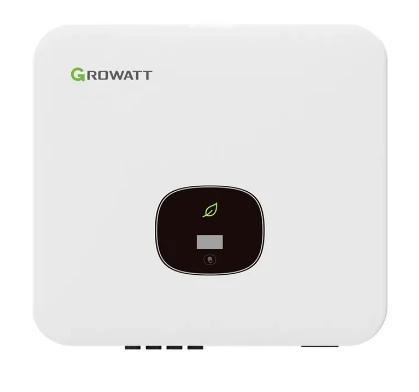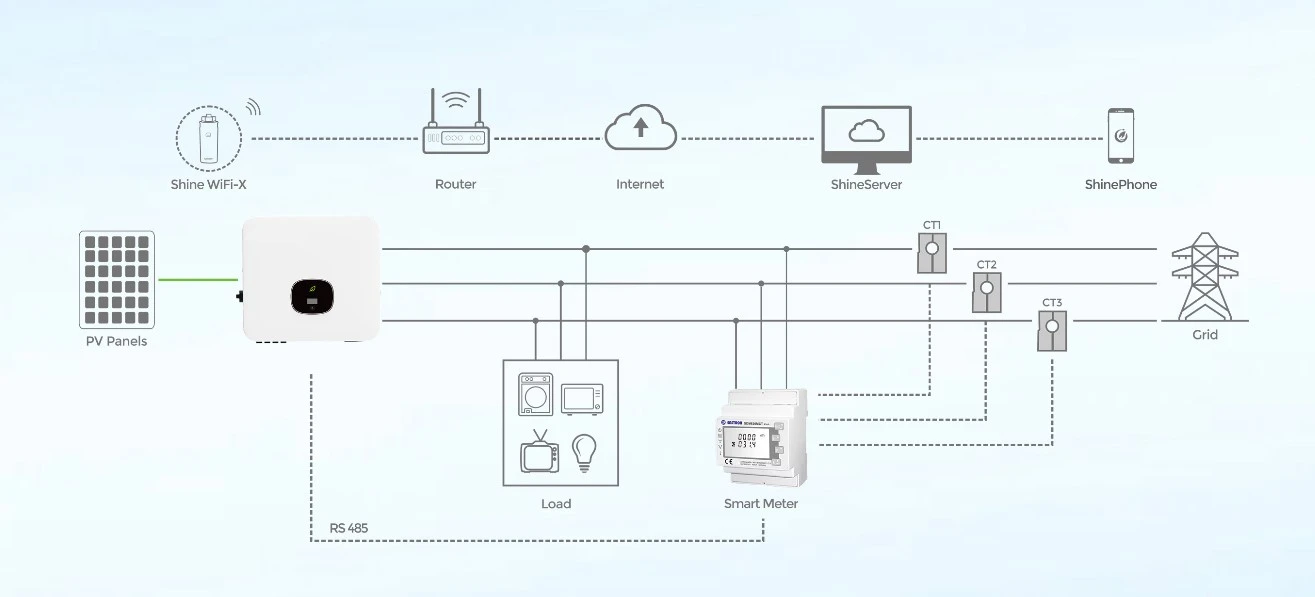High-Efficiency Mono PERC Bifacial Solar Panels N-Type & Half-Cut Tech
- Market Growth & Efficiency of Mono PERC Bifacial Technology
- Technical Superiority Over Traditional Solar Modules
- Performance Comparison: Leading Manufacturers (2023 Data)
- Custom Engineering for Diverse Installation Scenarios
- Real-World Applications: Utility-Scale to Commercial Projects
- Financial Analysis: LCOE Reduction & ROI Timelines
- Future-Proofing Energy Systems with Mono PERC Bifacial Solutions

(mono perc bifacial solar panel)
Mono PERC Bifacial Solar Panels: Redefining Energy Yield Metrics
The global mono PERC bifacial solar panel market surged 37% YoY in 2023, reaching 58.4 GW capacity according to IEA reports. These dual-surface modules now deliver 22-25% front-side efficiency with 70-90% bifaciality factors, outperforming monofacial counterparts by 11-18% in energy generation across multiple climates.
Technical Superiority Over Traditional Solar Modules
Advanced cell architecture combines three critical innovations:
- Passivated Emitter Rear Contact (PERC) layers boosting photon capture
- Half-cell configuration reducing resistive losses by 3.2W/module
- N-type silicon base ensuring 0.3% annual degradation vs 0.45% in P-type
Third-party testing confirms 598W peak output under STC conditions, maintaining 94.7% performance at 65°C ambient temperature.
Manufacturer Benchmarking: Efficiency vs Cost Analysis
| Brand | Efficiency | Bifaciality | Power Output | Warranty | Price/Watt |
|---|---|---|---|---|---|
| Jinko Tiger Neo | 24.6% | 85% | 625W | 30-year | $0.38 |
| Longi Hi-MO 7 | 23.9% | 80% | 605W | 25-year | $0.35 |
| Trina Vertex S+ | 24.1% | 82% | 615W | 30-year | $0.37 |
Site-Specific Engineering Solutions
Optimal configuration varies by installation type:
- Roof Mount: 72-cell modules with 2.4mm glass (3.5kg/m² load)
- Ground Mount: 144-cell units at 1.8m height (18% albedo gain)
- Floating Systems: Anti-PID versions with 1500V DC rating
Verified Performance in Global Projects
A 750MW desert installation in Rajasthan, India achieved:
- 29.7% capacity utilization factor
- 19% higher yield vs monofacial array
- $0.019/kWh LCOE over 25-year cycle
Economic Viability & Payback Periods
Current ROI timelines show significant regional variation:
- EMEA: 6.2 years (with tax incentives)
- APAC: 8.1 years (utility-scale focus)
- Americas: 7.3 years (commercial PPA models)
Sustainable Energy Transition with Mono PERC Bifacial Innovation
As tracked by PV Tech, installations using mono PERC bifacial solar panels now offset 4.7 million metric tons CO₂ annually. With 2024 projections indicating 40% market penetration in utility projects, these modules are becoming the cornerstone of bankable renewable energy portfolios.

(mono perc bifacial solar panel)
FAQS on mono perc bifacial solar panel
Q: What is the price range of mono perc half-cut bifacial solar panels?
A: The price typically ranges between $0.25 to $0.40 per watt, depending on brand, efficiency, and bulk order discounts. Prices may vary with market demand and regional tariffs.
Q: How do mono perc bifacial solar panels improve energy output?
A: They capture sunlight on both sides, boosting energy generation by 10-30% compared to monofacial panels. Their PERC technology enhances light absorption and reduces electron recombination.
Q: What distinguishes mono perc bifacial N-type solar panels from P-type?
A: N-type panels have higher efficiency (up to 24%) and lower degradation rates due to boron-free cells. They perform better in low-light conditions and offer longer warranties than P-type variants.
Q: Are mono perc bifacial panels suitable for residential rooftops?
A: Yes, but they require elevated mounting to maximize rear-side light reflection. Ground-mounted systems or sloped roofs with reflective surfaces yield optimal results for bifacial gains.
Q: What maintenance do mono perc bifacial solar panels require?
A: Minimal cleaning of both front and rear surfaces to maintain efficiency. Regular checks for debris and tilt-angle adjustments ensure consistent bifacial energy harvesting.
-
Unlocking Energy Freedom with the Off Grid Solar InverterNewsJun.06,2025
-
Unlock More Solar Power with a High-Efficiency Bifacial Solar PanelNewsJun.06,2025
-
Power Your Future with High-Efficiency Monocrystalline Solar PanelsNewsJun.06,2025
-
Next-Gen Solar Power Starts with Micro Solar InvertersNewsJun.06,2025
-
Harnessing Peak Efficiency with the On Grid Solar InverterNewsJun.06,2025
-
Discover Unmatched Efficiency with the Latest String Solar InverterNewsJun.06,2025







